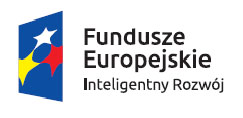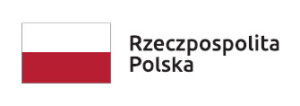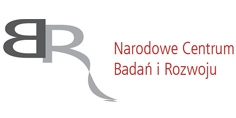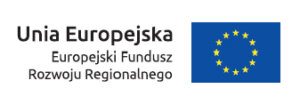
Fuzzy sets
24 March 2022
Demand forecasting using neural networks
21 April 2022

Fuzzy sets
24 March 2022
Demand forecasting using neural networks
21 April 2022Sources of non-classical logic

The founder of fuzzy set theory and fuzzy logic is considered to be Lotfi A. Zadeh, who was the first to propose a formal definition of fuzzy set[1]. However, the first attempts to go beyond classical logic are much older. The most characteristic assumption of classical logic is the principle of bivalence. Seemingly, the principle appears to be obvious, but the validity of this principle was already doubted by Aristotle. For classical logic excludes The existence of sentences that are neither true nor false, and sentences that are true and false at the same time. Sentences of this type are referred to as truth anomalies. Truthfulness anomalies have contributed to many philosophical disputes over the centuries about the sources of truth and how to verify it. Jan Lukasiewicz, a Polish logician, proposed a solution to the truth anomaly problem. Since there are sentences that are neither true nor false, these sentences must have a, as yet unexplored, third logical value. He called this third value a possibility, possibly a non-determinism In In place of the classical division of sentences into true and false, Lukasiewicz proposed the division of sentences into already true, already false and yet undetermined (yet undetermined) and, based on this division, built the first system of trivalent logic. Since then, a huge number of multivalued logic systems have been constructed.
Usability of classical logic is limited with linguistic analysis. Sentences expressed in natural language are often a source of truth anomalies. The most common reason for these anomalies is the vagueness of the phrases used, a vagueness that involves:
- gradability,
- lack of quantification,
- complexity of meaning
- alternative meaning.
For example, the words “tall,” “big,” “rich” are vague phrases where it is difficult to unambiguously assign a logical value of “true” or “false.”
The second source of fuzziness mentioned is the lack of quantifier. For example, let’s look at the term “contained.” Masterful is called people who can control their emotions. However, it is not clear whether a poised person must always control his emotions, or if it is enough that he did so once. One may also wonder if a poised person is someone who once succumbed to emotions and was not restrained enough.
Expressions with complex meanings generate fuzziness due to the emergence of different interpretations of these expressions. In typical situations, it is known what value can be assigned to sentences with such phrases, but in many circumstances problematic situations arise, to say the least. For example, it is quite easy to determine the logical value of the sentence “Criminal law is a set of laws, defining criminal acts and also the consequences of committing them by a citizen”, this statement “Every citizen has the right to learn”, can be assigned a different logical value, depending on the interpretation of the sentence, which is additionally linked to the context in which it was said.
Finally, fuzziness can also be caused by the incompatibility of alternative meanings of a phrase. In natural language, we have a lot of ambiguities due to homonymy, polysemy, metaphoricity, etc. And so, the logical value of the sentence “Anna has been walking with Mark for several hours” can be problematic to determine, because “walk” in this sentence can mean both walking together and being in a relationship.
The principle of bivalence assumed in classical logic is therefore problematic. These problems can be solved if we use more than two logical values, that is, by introducing multivalued logic.
[1] Zadeh, L. A. (1965). Zadeh, Fuzzy sets. Inform Control, 8, 338-353.




LAST UPDATES
TAGS
- #AI
- #artificial-intelligence-from-A-to-Z
- #bullwhip-effect
- #covid19
- #demand-forecasting
- #forecasting
- #Intelligent-Development-Operational-Program-2014-2020.
- #inventory-management
- #inventory-optimization
- #NCBiR
- #neural-networks
- #out-of-stock
- #outllier
- #overstock
- #safety-stock
- #safety-stock
- #seasonal-stock
- #service-level-suppliers
- #stock-projection
- #stock-projection-over-time
- #supply-chain
- #supplychain
Related entries
How about AI: what is it and how does artificial intelligence work?
READ
Artificial intelligence (AI) is the ability of machines to exhibit human skills such as learning, inference and recommending solutions. Artificial intelligence enables associations to be made […]
The essence of the classic model of inventory renewal based on the information level – the point of reordering
READ
The main feature of the model based on the so-called. “ordering point,” also known as an information-level ordering system or continuous review [3], is a condition […]
Fuzzy systems
READ
Based on fuzzy sets, a fuzzy inference system can be built. In such a system, fuzzy rules are implemented for modeling, which in turn make it possible to carry out the process of fuzzy inference.


